|
We had plotted to head east for our 2024 travels, unaware of the upcoming solar eclipse. When we discovered we’d be in Texas at the scheduled time of this rare phenomenon, we made plans to spend the week on its route. When the moon passes between Earth and the sun, it forms an eclipse, with the path of totality varying greatly. Seven years ago, in 2017, Americans had the opportunity to witness this event, with prime visibility stretching from Salem, Oregon, to Charleston, South Carolina. That was the first time for such an occurrence in the U.S. since 1979, when only five states were privy to totality. The 2024 solar eclipse extended viewing opportunities to numerous Americans, from Texas to Maine, for a chance to witness a total eclipse of the sun. Watching and Waiting The weather forecast in our location near Paris, Texas, called for clouds the day of the eclipse, so we weren’t sure what to expect. Would we be able to see the sensation? We gathered with a handful of fellow campers on a grassy knoll under a largely cloud-covered sky, solar glasses in hand, for our chance to view this wonder. As the clouds slowly moved, we caught glimpses of the disappearing sun through breaks in their cover — no glasses needed. The moon’s passing in front of the sun converted the orb to an arc. An occasional clear patch of sky emerged, allowing the brightness of the small sliver to penetrate through, forcing us to don our eyewear, which blocked everything but the yellow arc. As the moon obstructed more and more of the sun, sand bass in a nearby lake jumped as if it was evening, their activity increasing in the rare low light of midday. Birds hushed. The temperature dropped, making me grateful I had brought my sweatshirt. Light dissipated, and everything turned gray. Viewing Totality Then our surroundings grew darker. The clouds vanished to showcase this anomaly of the moon completely blocking the sun from sight. A “ring of fire,” visible by the naked human eye, replaced the sun’s bright beam, its rays peeking out from behind the smaller moon. About four minutes later, a small red light materialized on one side of the halo, a sun ray poking through with the appearance of a diamond ring. Shortly thereafter, we had to put on our special glasses again if we wanted to continue looking at the growing crescent on the opposite side of where we had seen it before. Darkness evaporated, birds started singing, fish stilled, and the temperature warmed. The moon continued moving away from the sun, and life as we know it returned to normal.
I remember seeing a partial eclipse in Arizona in 2017 by watching the sun’s shadow through a pinhole in a shoebox. Although cool, that paled in comparison to witnessing a total eclipse. We’re thankful we had the opportunity to observe this unique display and to do so in the company of fellow RVers. Life is good, and we are blessed. You might also like Experiencing the Wonder of the Northern Lights.
3 Comments
Andrew Bogan
4/9/2024 08:07:19 am
Awesome experience
Reply
Carole Grijalva
4/9/2024 08:15:03 am
That is absolutely incredible.. wow! How fascinating to see such a site.. Thank you so much for the description of every moment.. felt like I was there.. pictures.. are pretty amazing.. Thank you so much for sharing that moment..
Reply
Betty Schoen
4/9/2024 10:18:49 am
Cool pix and great narrative!! I was at my mother's memory care facility yesterday, and we took a group of residents out to see the eclipse. They all thought it was such a treat, as did I! I had never seen an eclipse like this in person (only via media), and am likely to not have the opportunity again. I took some pix, but only the first one showed the eclipse clearly. What a great privilege you had, being in Texas and getting to see way more than we did here in AZ! Thanks for sharing.
Reply
Leave a Reply. |
AuthorThis is the travel blog of full-time RVers Bob and Lana Gates and our truck, Gulliver, and fifth wheel, Tagalong. Categories
All
Archives
July 2024
|
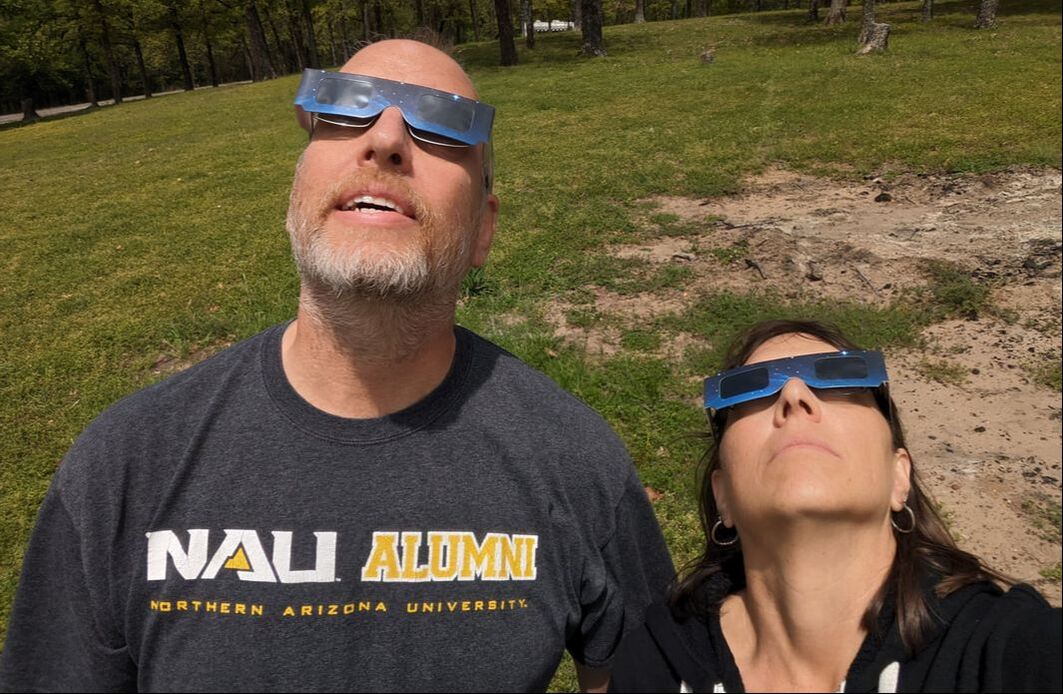
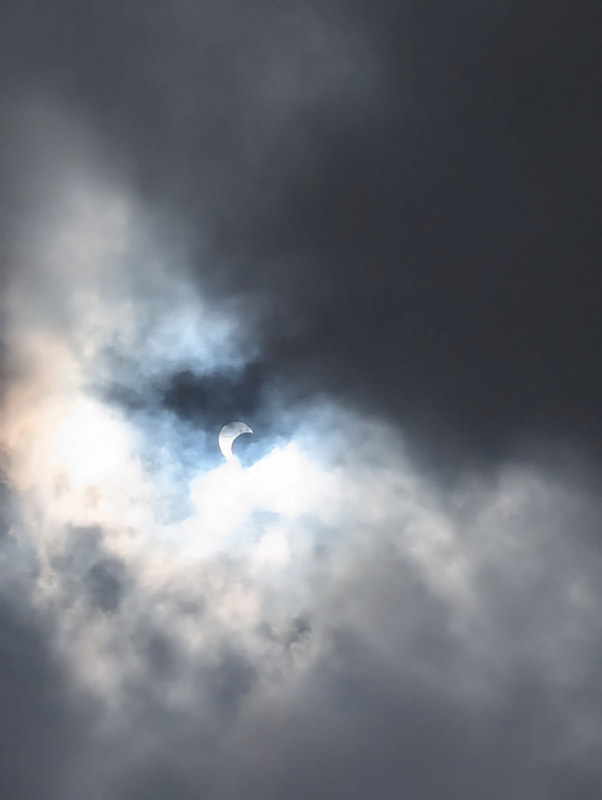
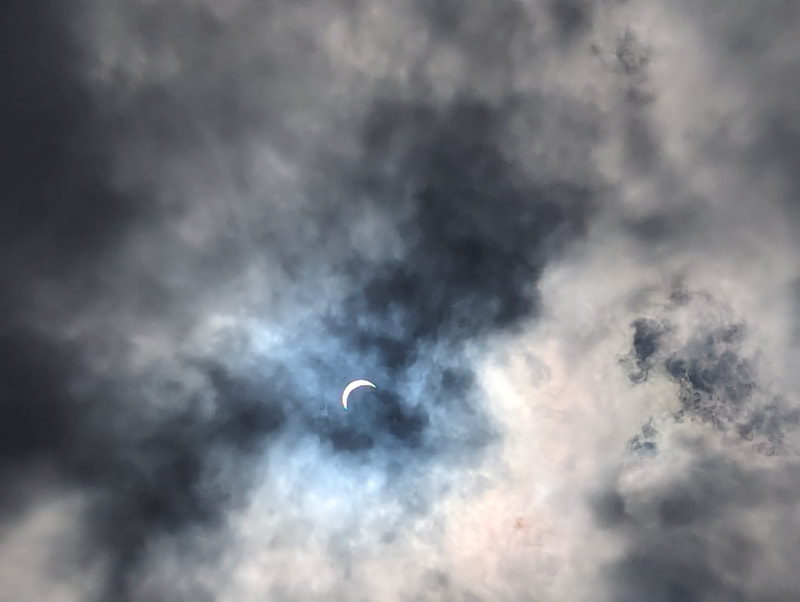
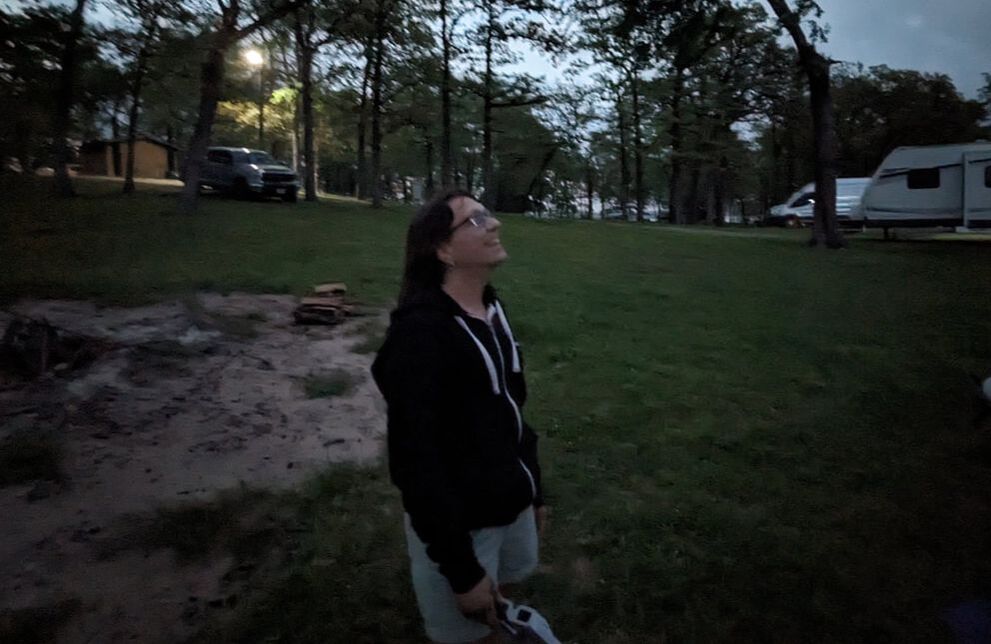
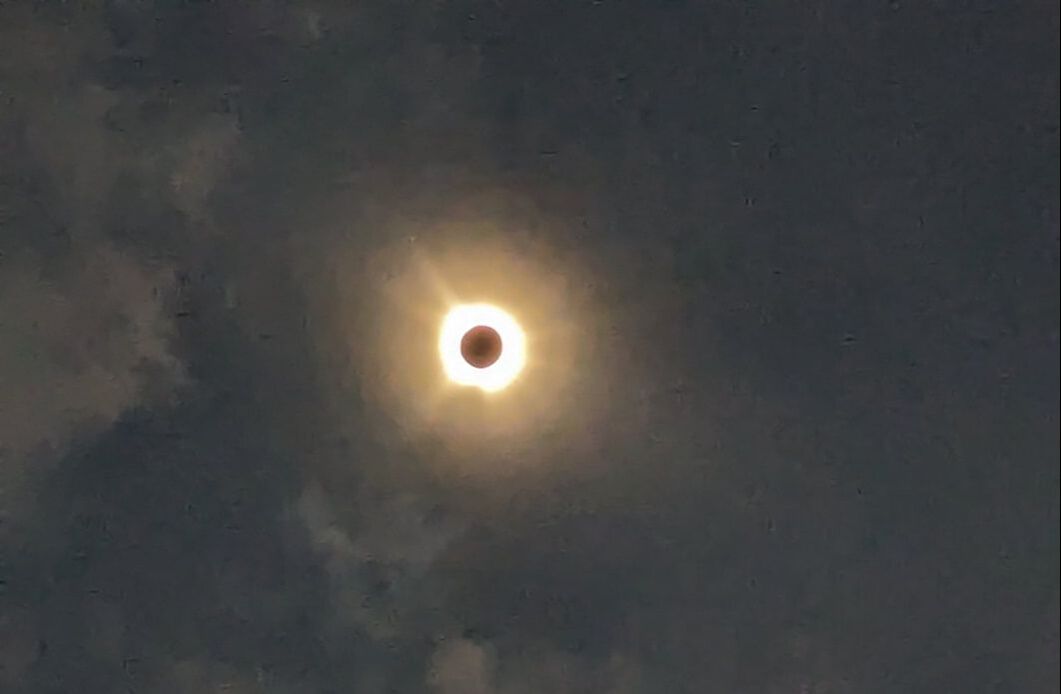
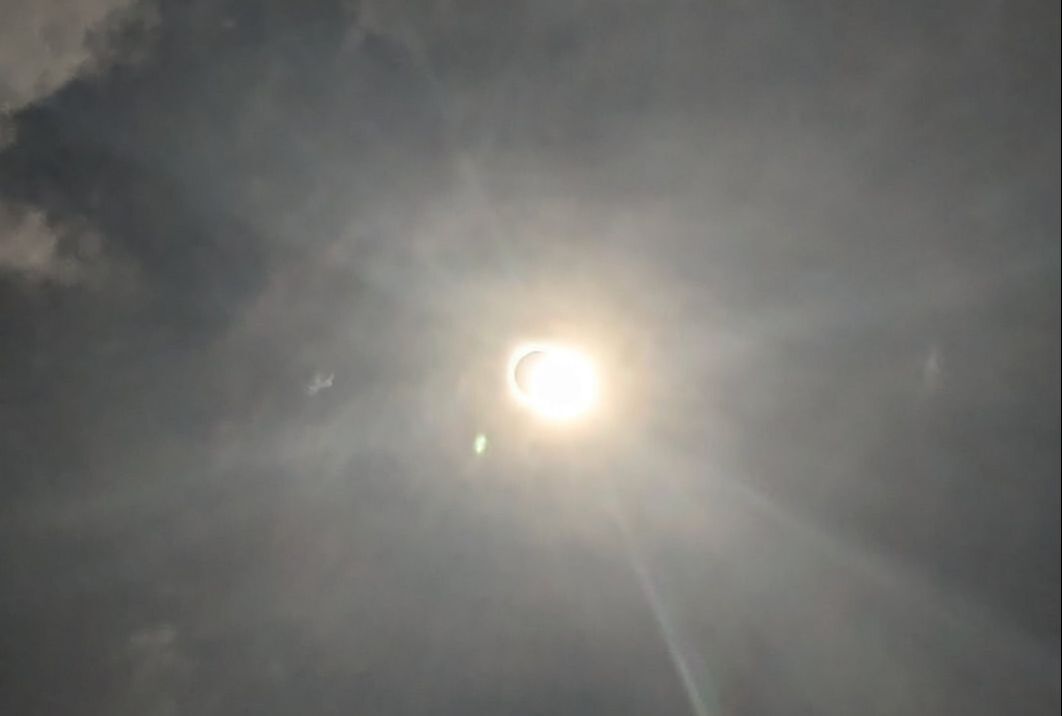
 RSS Feed
RSS Feed